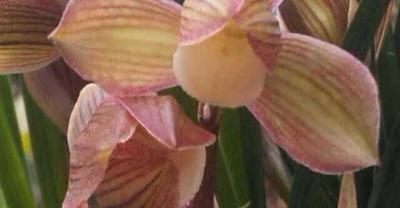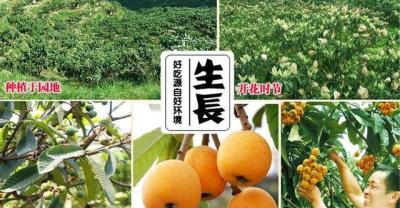Some experience of Orchid balcony planting
First, the requirements for the cultivation substrate. Orchids like to grow in the sunny, ventilated, non-stagnant environment, so soil is the most basic element of a good orchid. Cultivated soil requirements: aeration, softness, good water permeability. For example, if you beat red bricks into particles and mix them with ordinary soil, the proportion is about 7:3 and cultivated with a little charcoal; in residential areas, you can shovel some floating soil and crushed red bricks from under the flowers and trees in the flower beds; or buy orchid soil from the flower-and-bird market to grow. Put a small amount of broken brick and gravel at the bottom of the plate to facilitate ventilation.

Second, the requirements for temperature and humidity. The best growth temperature of orchids is 18 Mel 30 degrees Celsius, below 5 degrees Celsius, and the growth is slow above 35 degrees Celsius. When the outdoor temperature reaches more than 35 degrees Celsius, the orchid should be shaded properly when the outdoor temperature is lower than 10 degrees Celsius. When the outdoor temperature is lower than 10 degrees Celsius, some heat preservation measures should be taken when the ink orchid and Jianlan are moved to shelter or indoors.

Third, the requirements for sunlight exposure. Orchids like the morning sun, the light is relatively soft. In hot summer and autumn, avoid direct sunlight and burn orchid leaves. In winter, there is no problem with Chunlan, Cymbidium and Spring Sword in the open air in the south. Conditions permit, orchids are planted on balconies or flower racks facing east or south in winter and north-facing balconies or flower racks in summer.

Fourth, the requirement of moisture. Controlling moisture is an important condition for raising orchids. One watering should be thoroughly watered, and the frequency of watering should depend on the season, planting environment (such as orientation, indoor and outdoor), soil permeability, and disk size (how much soil is planted): usually watered once a week in spring; five days in summer and autumn; and once every 10 days in winter. The above watering times refers to the orchid placed in the environment can not be caught in the rain, flexible control in the open air, the surface of the disk after the soil is dry, and then two or three days can be watered. Keep in mind that orchids would rather be dry than wet to prevent getting sick and rotting roots.

Fifth, the demand for air. Orchids like air circulation and no pollution, air circulation is very important to the growth of orchids. Especially in the hot summer, the air is not ventilated, and the orchid should get sick and die. Flower plates are placed away from gas, oil fumes and dusty places. Orchids placed indoors for a long time had better be put outside with ventilation and light for one or two days a week, which is conducive to the growth of orchids.

6. Requirements for fertilizers. Orchids like light, generally do not need to fertilize. The soil in a flower plate has enough nutrients for orchids to grow for 2-3 years. If you want to apply fertilizer should also be light, excessive fertilization, will burn the roots and leaves, seriously causing orchid death.

Seventh, the orchid turns over. Orchids like to grow in clusters, generally 3-5 seedlings a plate is more appropriate. The germination rate of orchids varies greatly according to different varieties and water control, usually once every three years. According to the size of the disk, the root area of the orchid accounts for more than 3/5 of the disk.
Carry forward the national orchid culture and spread the orchid knowledge! Follow Wechat public account: orchid bar can get the latest orchid knowledge for free!
- Prev

The planting method and Propagation of Flowers-Camellia
Camellia, also known as Camellia, is an evergreen shrub or small tree of the family Theaceae. Originated in China, it is one of the famous traditional flowers in China. camellia trees are graceful and have leaves.
- Next

Teach you how to grow black wolfberry
How to grow black wolfberry? I have seen a farmer grow black wolfberry in a very suitable way. It is a bumper harvest when the yield is high. Here I just want to.
Related
- Fuxing push coffee new agricultural production and marketing class: lack of small-scale processing plants
- Jujube rice field leisure farm deep ploughing Yilan for five years to create a space for organic food and play
- Nongyu Farm-A trial of organic papaya for brave women with advanced technology
- Four points for attention in the prevention and control of diseases and insect pests of edible fungi
- How to add nutrient solution to Edible Fungi
- Is there any good way to control edible fungus mites?
- Open Inoculation Technology of Edible Fungi
- Is there any clever way to use fertilizer for edible fungus in winter?
- What agents are used to kill the pathogens of edible fungi in the mushroom shed?
- Rapid drying of Edible Fungi

